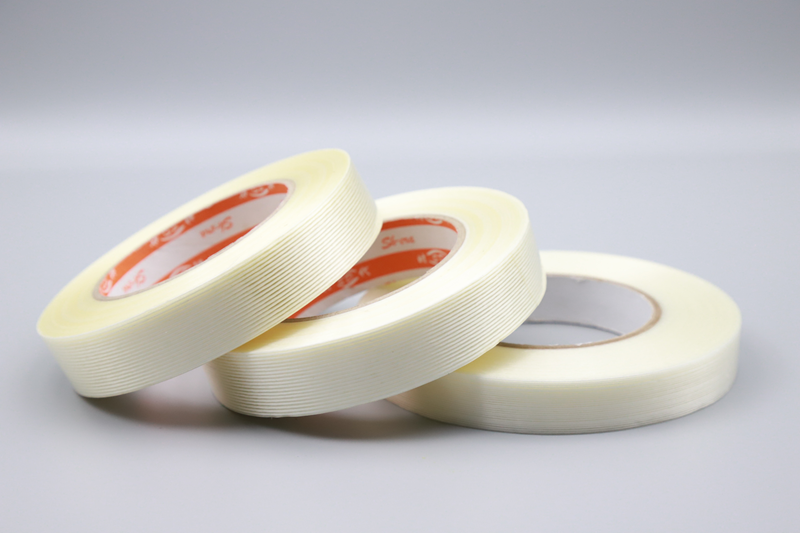When it comes to securing packages, reinforcing boxes, or even crafting, the choice of tape can make a significant difference. Among the various options available, filament tape and fiberglass tape are two popular choices that often come up in discussions. This article will explore the strength of filament tape and address the common concern of whether it leaves residue behind.
What is Filament Tape?
Filament tape, often referred to as strapping tape, is a type of pressure-sensitive tape that is reinforced with fiberglass filaments. This unique construction gives it exceptional tensile strength, making it ideal for heavy-duty applications. Filament tape is commonly used in shipping and packaging, as well as in industrial settings where durability is paramount.
How Strong is Filament Tape?
One of the standout features of filament tape is its impressive strength. The fiberglass filaments embedded in the tape provide added reinforcement, allowing it to withstand significant pulling and tearing forces. Depending on the specific product, filament tape can have a tensile strength ranging from 100 to 600 pounds per inch. This makes it suitable for bundling heavy items, securing large boxes, and even for use in construction projects.
In practical terms, filament tape can hold together packages that would otherwise be at risk of breaking apart during transit. Its ability to adhere to various surfaces, including cardboard, plastic, and metal, further enhances its versatility. Whether you are a business owner looking to ship products or a DIY enthusiast working on a project, filament tape is a reliable choice for ensuring that your items stay securely fastened.

Does Filament Tape Leave Residue?
A common concern when using any type of adhesive tape is the potential for residue. Many users wonder if filament tape will leave behind a sticky mess when removed. The answer largely depends on the surface to which the tape is applied and the duration of its adhesion.
In general, filament tape is designed to be strong yet removable. When applied to clean, smooth surfaces, it typically does not leave a significant residue upon removal. However, if the tape is left in place for an extended period or applied to porous or textured surfaces, there may be some adhesive residue left behind. This is particularly true if the tape is exposed to heat or moisture, which can cause the adhesive to break down and become more difficult to remove.
To minimize the risk of residue, it is advisable to test the tape on a small, inconspicuous area before full application, especially on delicate surfaces. Additionally, when removing filament tape, doing so slowly and at a low angle can help reduce the likelihood of adhesive residue.
Conclusion
Filament tape is a robust and versatile option for a variety of applications, thanks to its impressive strength and durability. While it generally does not leave residue when used correctly, users should be mindful of the surface conditions and duration of adhesion. Whether you are shipping packages, securing items, or engaging in creative projects, filament tape can provide the reliability you need without the worry of a sticky aftermath. By understanding its properties and best practices, you can make the most of this powerful adhesive tool.
Post time: Sep-25-2024




